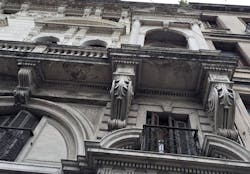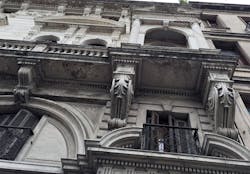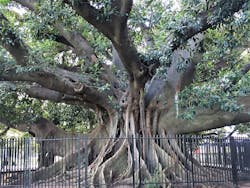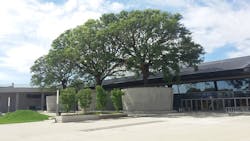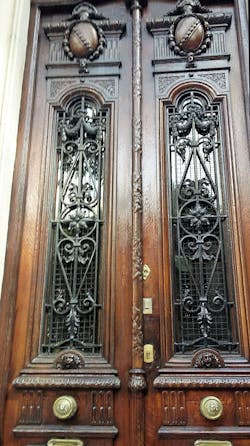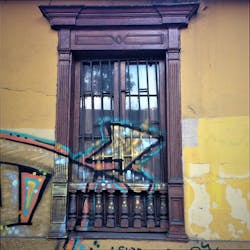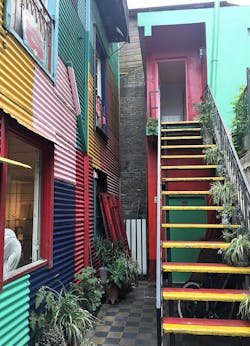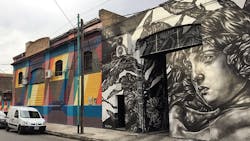Architectural Postcards from Buenos Aires
The Burros of Buenos Aires
Buenos Aires is an architectural voyeur’s destination, with gothic, and ornate classical buildings that rival Europe in grandeur. There are also a lot of cool homes, and street-level building craft to admire.
Your eyes may get weary but never bored in Buenos Aires.
As you travel throughout Argentina, you are bound to notice how many street trees line the roads. Sometimes like tunnels of green. Argentineans have a high regard for trees and protect them almost as much as some Indians protect their cows.
In fact, the law requires every Argentine to plant at least one tree in their lifetime. My parents planted mine the day I was born.
An ombú (phytolacca tetramera), a hardwood typical of Argentina and Uruguay that you will find in the plazas of Buenos Aires. The canopy can be huge.
The tree grows quickly, and the wood is nearly immune to insect damage and rot. It’s also so soft, spongy, and fibrous that it has no commercial value.
Here a civic center was built on a site that required extensive grade cutting. To preserve the trees, the builders left them at grade and then constructed enormous concrete pots to keep them planted.
If you stand there and compare to the trees in the adjacent parkland, you will see they are all at the same level. Only the buildings have been lowered to accommodate the grading.
The doors of Buenos Aires are hopelessly tall and difficult to photograph.
The city is packed with cars and pedestrians, and it’s rare to stand across the street with a clear snapshot to take in the whole entry.
Like many cities now, Buenos Aires suffers a graffiti crisis that detracts from the architecture. Sometimes, the graffiti works as a decorative element, as it does in this photo, but rarely.
This home is the narrowest in Buenos Aires. Known as the Casa Minima in the San Telmo neighborhood, it measures 2.5 meters wide (about 8 feet) by 13 meters deep (about 43 feet).
The story goes this little house was built on land given to freed slave by his former enslaver in 1813. Historians say the story is unlikely.
Nobody really knows why this odd, one-bedroom house exists, but it’s most likely the leftover of several conversions of an original, great house that just ended with this slice of the house leftover.
An antiquarian owns it, and charges for tours. I was there on a Sunday and could not get in.
The most colorful neighborhood of Buenos Aires is the Boca, or mouth, at the mouth of the Matanza-Riachuelo River.
Or, maybe it was named after the neighborhood of Boccadasse (or Bocadaze in Genoese dialect), given the earliest settlers of the area were indeed from the Italian city of Genoa.
The site of one of South America’s most storied soccer teams, Boca Juniors, the neighborhood has become famous for the brightly painted artwork on homes. The original residents were poor immigrants, and they painted their houses with the leftovers of paint bought from boat painting operations.
As the paint was never enough to cover a whole house of the same color, they used different colors to paint them.
Benito Quinquela Martín, an orphaned artist, brought to life in the Boca, helped propel the neighborhood to fame with his murals. Nowadays, it is a world tourism destination, like Bourbon Street in New Orleans, unfortunately.
— Fernando Pagés Ruiz is ProTradeCraft's Latin America Editor. He is currently building a business in Ecuador and a house in Mexico. Formerly a builder in the Great Plains and the Mountain States, Fernando is also the author of Building an Affordable House and Affordable Remodel (Taunton Press).
About the Author
Fernando Pagés Ruiz
Fernando Pagés Ruiz is ProTradeCraft's Latin America Editor. He is currently building a business in Ecuador and a house in Mexico. Formerly, he was a builder in the Great Plains and Mountain States. He is author of Building an Affordable House and Affordable Remodel (Taunton Press).
